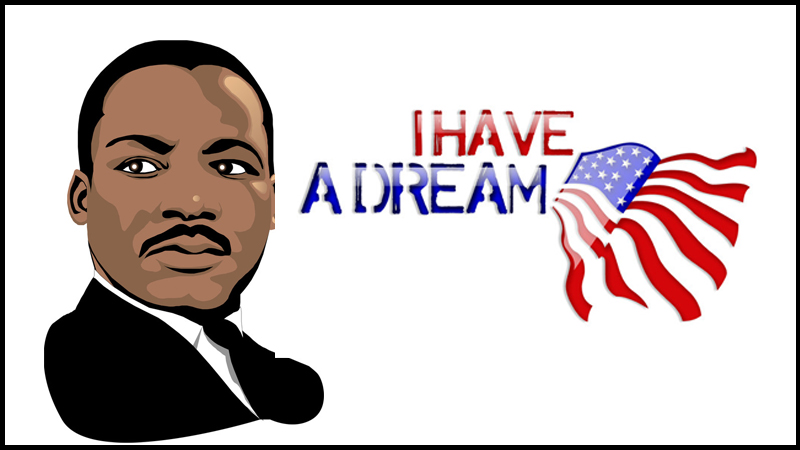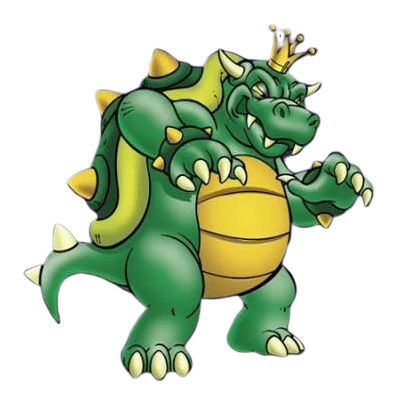
- #MARTIN LUTHER KING JR CARTOON VIDEO FOR KIDS MOVIE#
- #MARTIN LUTHER KING JR CARTOON VIDEO FOR KIDS TV#
Why were black people portrayed this way? Even as a child, I knew black people played specific roles. “We were experiencing and witnessing tragedies (of discrimination), and no one was explaining it to me,” Thomas said.
#MARTIN LUTHER KING JR CARTOON VIDEO FOR KIDS TV#
The change in how black characters were portrayed on TV had a major effect on Thomas. Many cartoons showed characters of different races interacting and working together, and some taught lessons about issues such as gang violence, bullying and substance abuse. fought segregation and inequality during the civil rights movement.
#MARTIN LUTHER KING JR CARTOON VIDEO FOR KIDS MOVIE#
For example, in the movie “Our Friend Martin” the characters travel through time and learn how Martin Luther King Jr. Some cartoons featured in the exhibit contained social and political messages. It was one more level of art I was exposed to.” I am an artist and an illustrator, and I got an understanding of how a lot of these were produced. “I did, when the opportunity arose, sit and watch these cartoons endlessly,” Bethea said.

Valerie Brown, of “Josie and the Pussy Cats” (1970-72), and Franklin, of “A Charlie Brown Thanksgiving” (1973), are part of the “untold stories of the Civil Rights Movement.” īethea, who grew up watching these cartoons, believes the exhibit will allow people to view animation as art. “It was one of the first cartoons where African-American kids could see characters they could relate to, that looked like them and got in the same situations as them, and the cartoons had a moral message,” said Charles Bethea, COO and curator of the DuSable Museum.

Cosby also voiced the character of Fat Albert. For example, comedian Bill Cosby created “Fat Albert and the Cosby Kids,” a show about the adventures of urban African-American kids. In addition, many of the cartoons were created by African Americans. It wasn’t until the late 1960s and the 1970s that black characters started to look more realistic and didn’t speak in broken dialect. They represent a significant change in history.”īefore then, black cartoon characters were often portrayed as barbaric and animalistic, according to Thomas. It wasn’t until I got older and started collecting animation - that’s when I realized these are a lot more than cool cartoons. “You kind of got your bowl of cereal, watched these cartoons and then would go out and play. “When I was a kid, I just thought they were great cartoons,” Williamson said. The exhibit features original animation artwork, as well as colorful life-size cutouts of characters from shows like “The Jackson 5ive,” which chronicled the adventures of the entertainment family, and Valerie Brown from “Josie and the Pussycats,” which was about an all-girl pop music band. 20, commemorates the fourth decade of positive black cartoon characters appearing on television.

“ Funky Turns 40: Black Character Revolution,” a traveling exhibit currently on display at the DuSable Museum of African American History from June 27 to Oct. “Images of black characters affected and changed the lives of the viewers.” “It’s one of the few untold stories in the civil rights movement,” Thomas said. The women, founders and curators of the online Museum of UnCut Funk, soon began researching and collecting positive black cartoon characters - and an art exhibit was born. “Can you get this type of artwork for them?” Having grown up watching cartoons like “Fat Albert and the Cosby Kids,” “The Jackson 5ive” and “Josie and the Pussycats” on Saturday mornings, Thomas was curious. When Pamela Thomas saw the personal collection of animation artwork belonging to her friend Loreen Williamson, the color of the characters stood out.


 0 kommentar(er)
0 kommentar(er)
